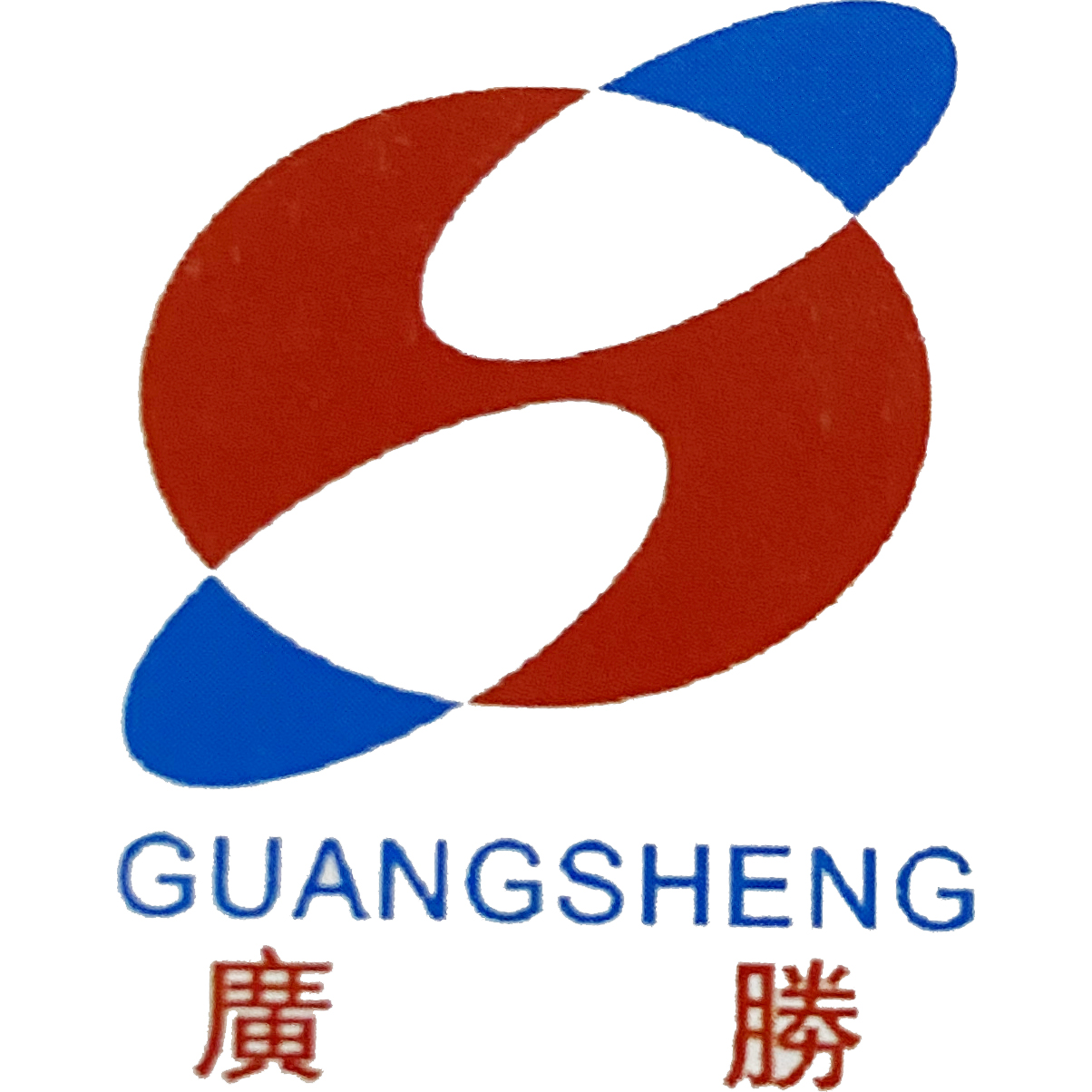- Current location:
The characteristics of lead-free solder wire
Lead-free solder wire is also called environmentally friendly tin wire. Its main components are: tin (Sn), silver (Ag), copper (Cu), and the rest contain trace amounts of lead (Pb), mercury (Hg), cadmium (Cd), polybrominated biphenyls (PBBs) and so on. The melting point of Sn-Ag system lead-free solder is 221℃, which is close to many situations of Sn-Pb system solder, and it has many applications. In the Sn-Ag system, adding some copper appropriately can not only reduce the melting point, but also improve the welding reliability. As the biggest feature of Sn-Ag-based lead-free solder, its thermal fatigue resistance is significantly better than that of Sn-Pb-based solder. It is most suitable for use in machines requiring long-term reliability of the joint. As a substitute for Sn-Pb system solder, the main problem of Sn-Ag system lead-free solder is that it has a high melting point, and its cost is higher than that of Sn-Pb system solder.


